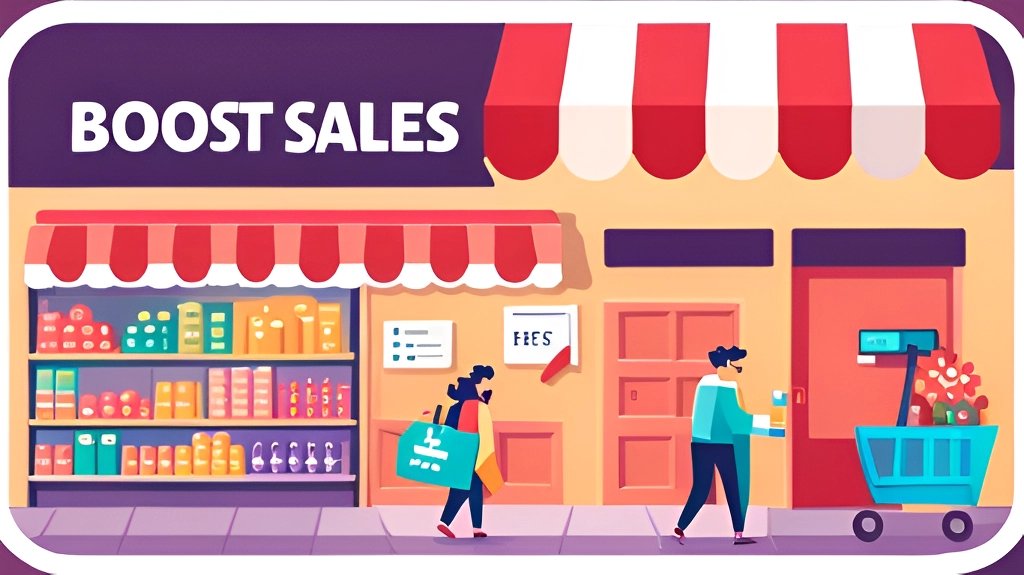Crafting Your Brand with Custom Themes: A Step-by-Step Guide

In today’s competitive digital landscape, creating a strong and memorable brand is essential for businesses and individuals alike. Your brand identity is the essence of who you are, what you stand for, and how you want to be perceived by your audience. A custom theme can play a pivotal role in expressing your brand’s personality and uniqueness, providing a visually captivating and cohesive online presence. In this step-by-step guide, we will walk you through the process of crafting your brand with custom themes for a powerful and consistent brand experience.
Step 1: Define Your Brand Identity
Before embarking on the theme customization journey, it’s crucial to have a clear understanding of your brand identity. Define your brand’s mission, values, target audience, and unique selling points. Consider the tone, style, and visual elements that align with your brand personality. This foundational understanding will serve as a compass throughout the theme customization process.
Step 2: Choose the Right Platform and Theme Framework
Selecting the right platform and theme framework is vital for successful customization. WordPress, Shopify, and other CMS platforms offer a variety of customizable themes. Choose a theme framework that aligns with your brand vision and provides the functionalities you need. Look for themes that are easily customizable, responsive, and SEO-friendly.
Step 3: Customize Typography and Colors
Typography and color choices are powerful elements that impact brand perception. Customize the typography to reflect your brand’s voice—whether it’s modern, playful, or professional. Select a color palette that resonates with your brand’s personality and evokes the desired emotions from your audience. Consistency in typography and colors across your website fosters a cohesive brand experience.
Step 4: Incorporate Brand Elements
Integrate your brand elements, such as logos, icons, and graphics, into the theme design. Your logo is a key brand element that should be prominently displayed. Use icons and graphics that align with your brand’s visual language, reinforcing your brand identity throughout the website.
Step 5: Design a Distinctive Header and Footer
The header and footer sections are prime real estate for brand expression. Design a distinctive header that showcases your logo, navigation menu, and a compelling tagline. The footer is an excellent place for contact information, social media links, and copyright notices. Use these sections to reinforce your brand identity consistently.
Step 6: Create Engaging and Branded Content Sections
Customize content sections to tell your brand’s story in an engaging and visually appealing manner. Use images, videos, and graphics that align with your brand’s aesthetics and narrative. Incorporate branded elements, such as testimonials, case studies, and success stories, to build trust and credibility with your audience.
Step 7: Optimize for Mobile Responsiveness
Ensure that your custom theme is optimized for mobile responsiveness. With an increasing number of users accessing websites on mobile devices, a seamless mobile experience is vital for your brand’s success. Test your theme on various screen sizes to ensure consistent performance across devices.
Step 8: Test and Iterate
Once you’ve completed your custom theme, thoroughly test it for functionality, responsiveness, and performance. Seek feedback from colleagues, friends, or focus groups to gain valuable insights. Iterate and make necessary adjustments based on feedback to enhance the user experience and brand representation.
Step 9: Maintain Brand Consistency
Consistency is key to a strong brand identity. As you expand your website or create new content, ensure that the design elements, typography, and color scheme remain consistent with your brand guidelines. Regularly update your custom theme to reflect any changes in your brand’s identity or business goals.
Step 10: Monitor and Evolve
Continuously monitor the performance and impact of your custom theme on your brand’s image and user experience. Utilize analytics to gain insights into user behavior and engagement. As your brand evolves, be open to reevaluating and updating your theme to stay aligned with your brand’s vision and goals.
Conclusion
Crafting your brand with custom themes is a creative and rewarding process that can significantly elevate your online presence. By defining your brand identity, customizing typography, colors, and incorporating brand elements, you can create a visually captivating and cohesive brand experience. Remember to optimize for mobile responsiveness, maintain brand consistency, and regularly monitor and evolve your custom theme to keep it aligned with your brand’s growth and evolution. With a well-crafted custom theme, you can establish a compelling and memorable brand identity that resonates with your audience and sets you apart in the digital landscape.



